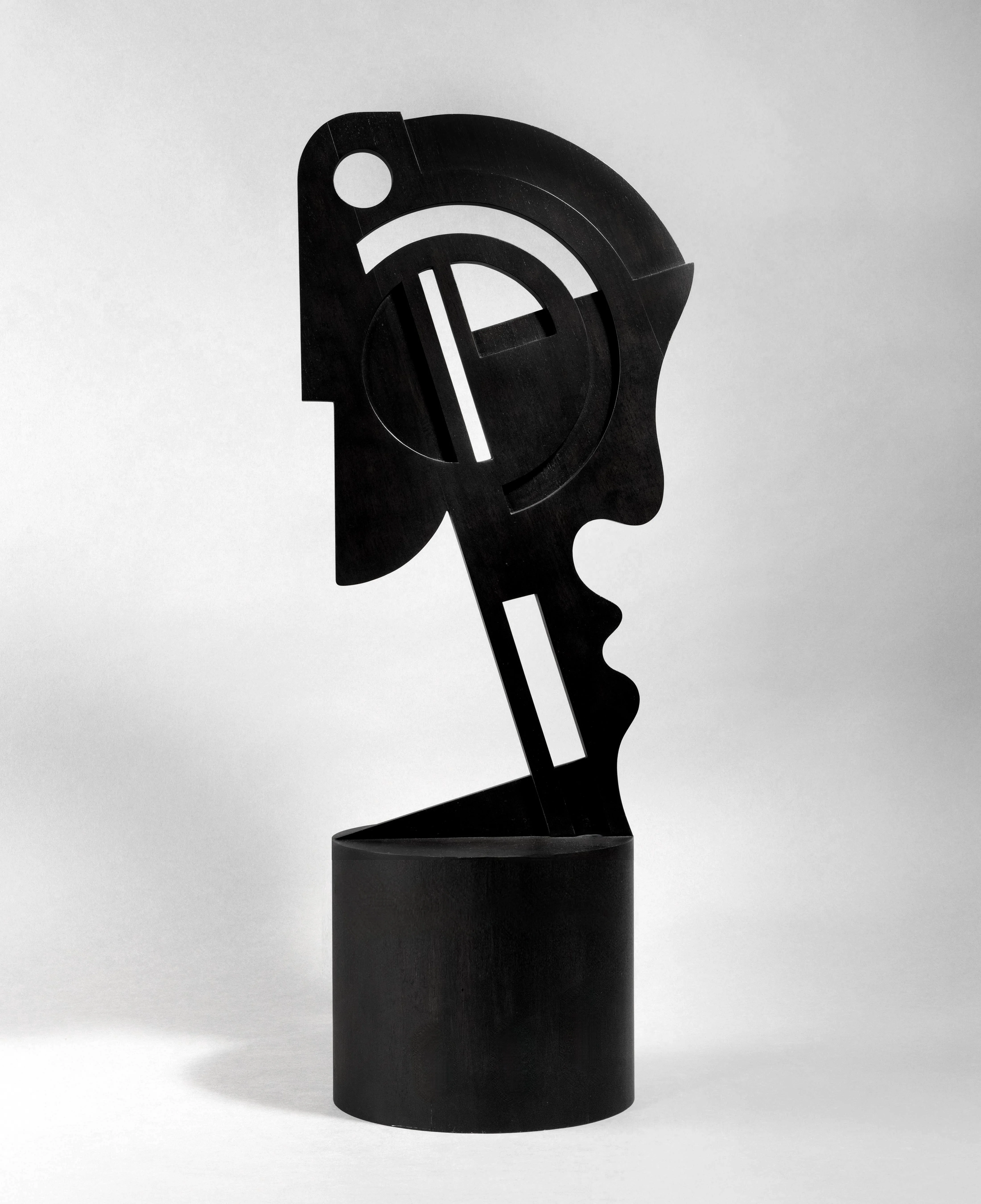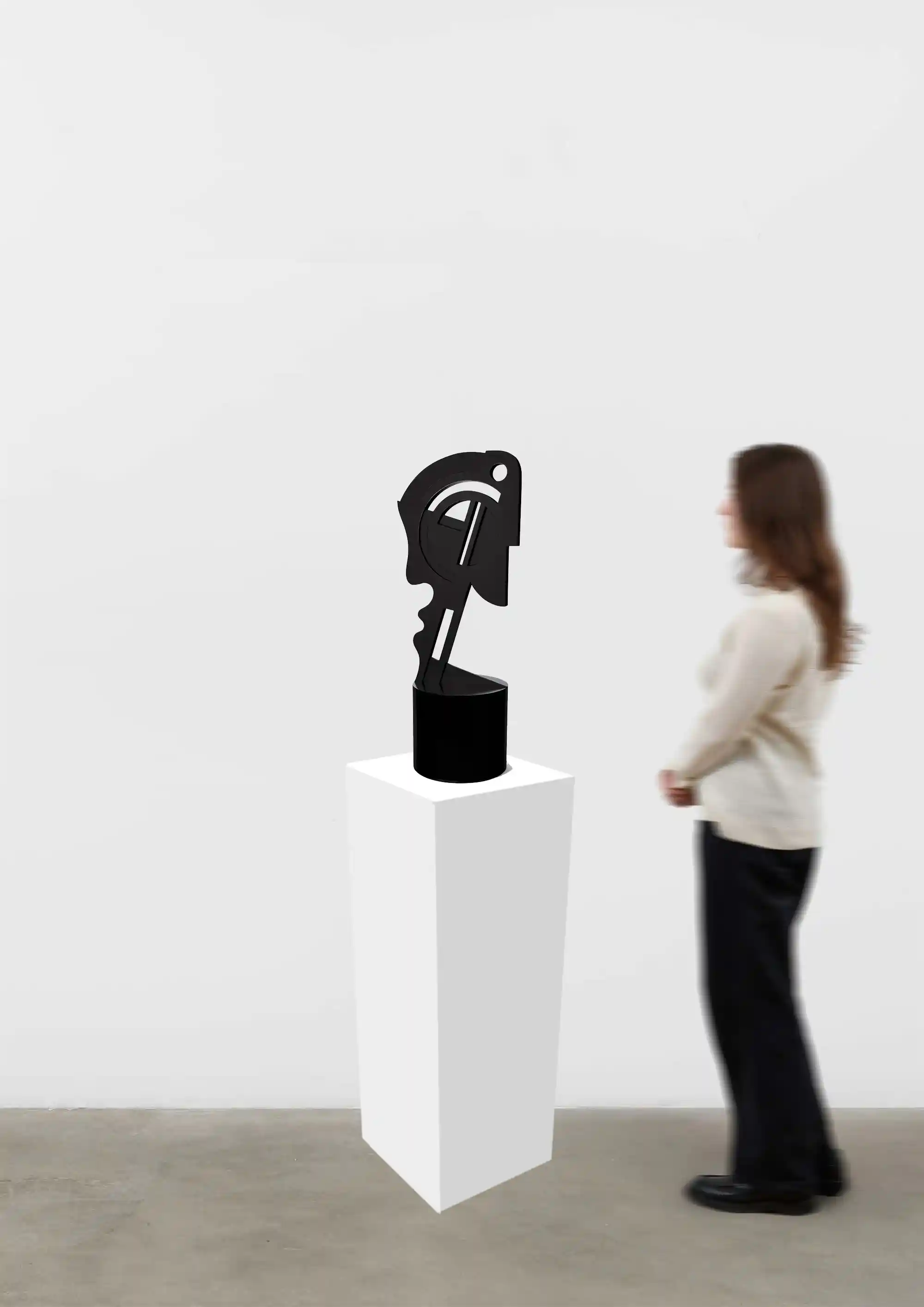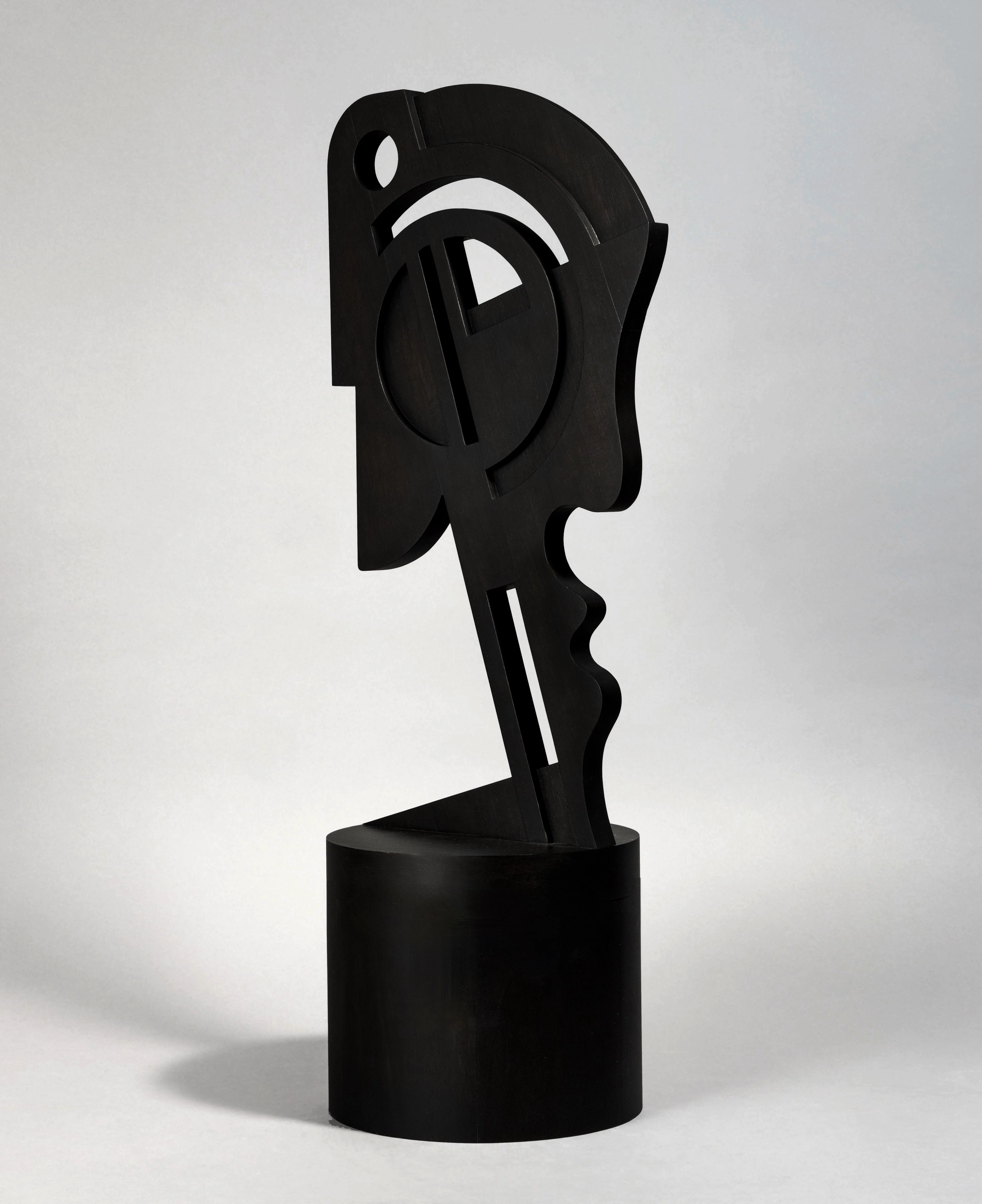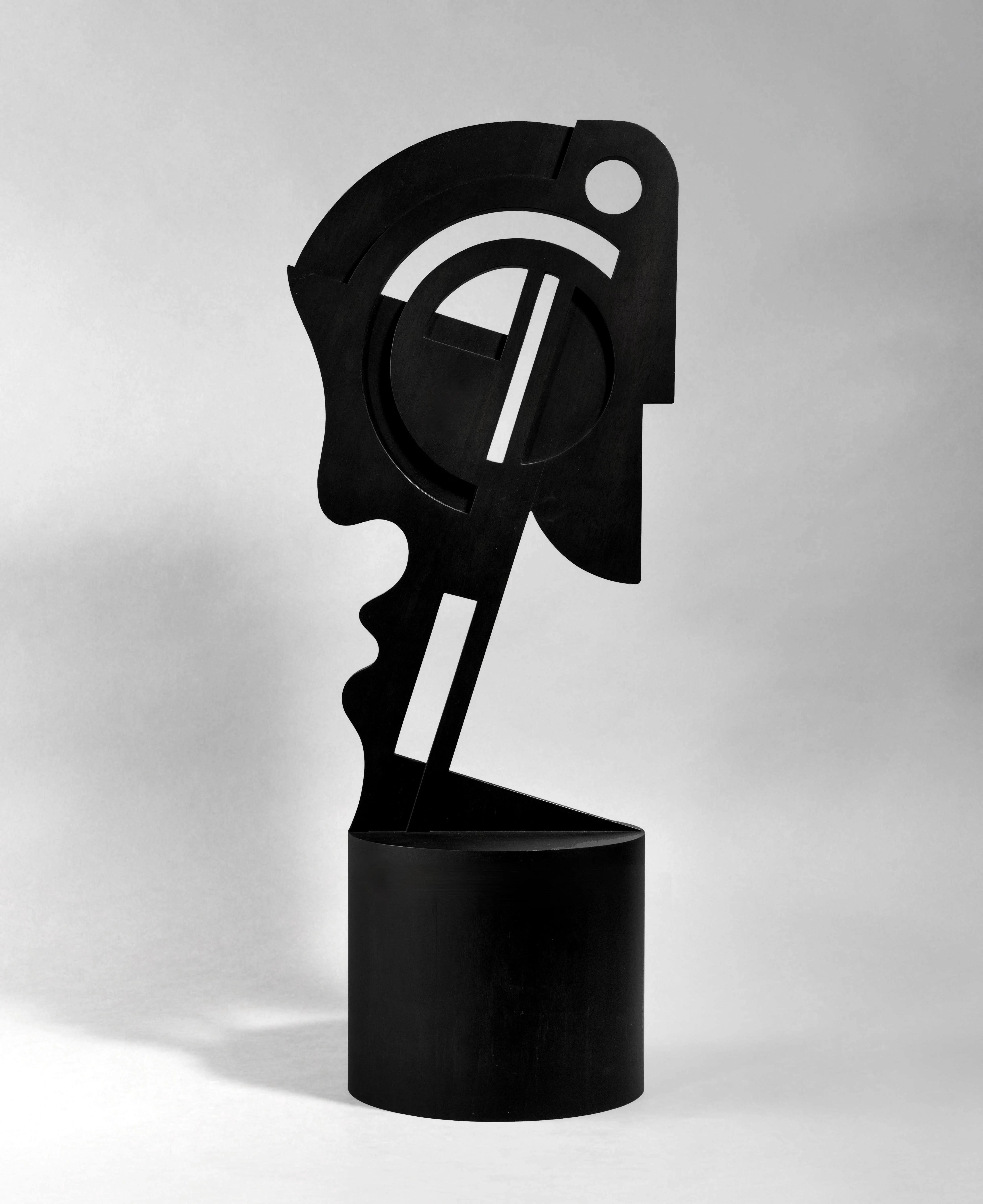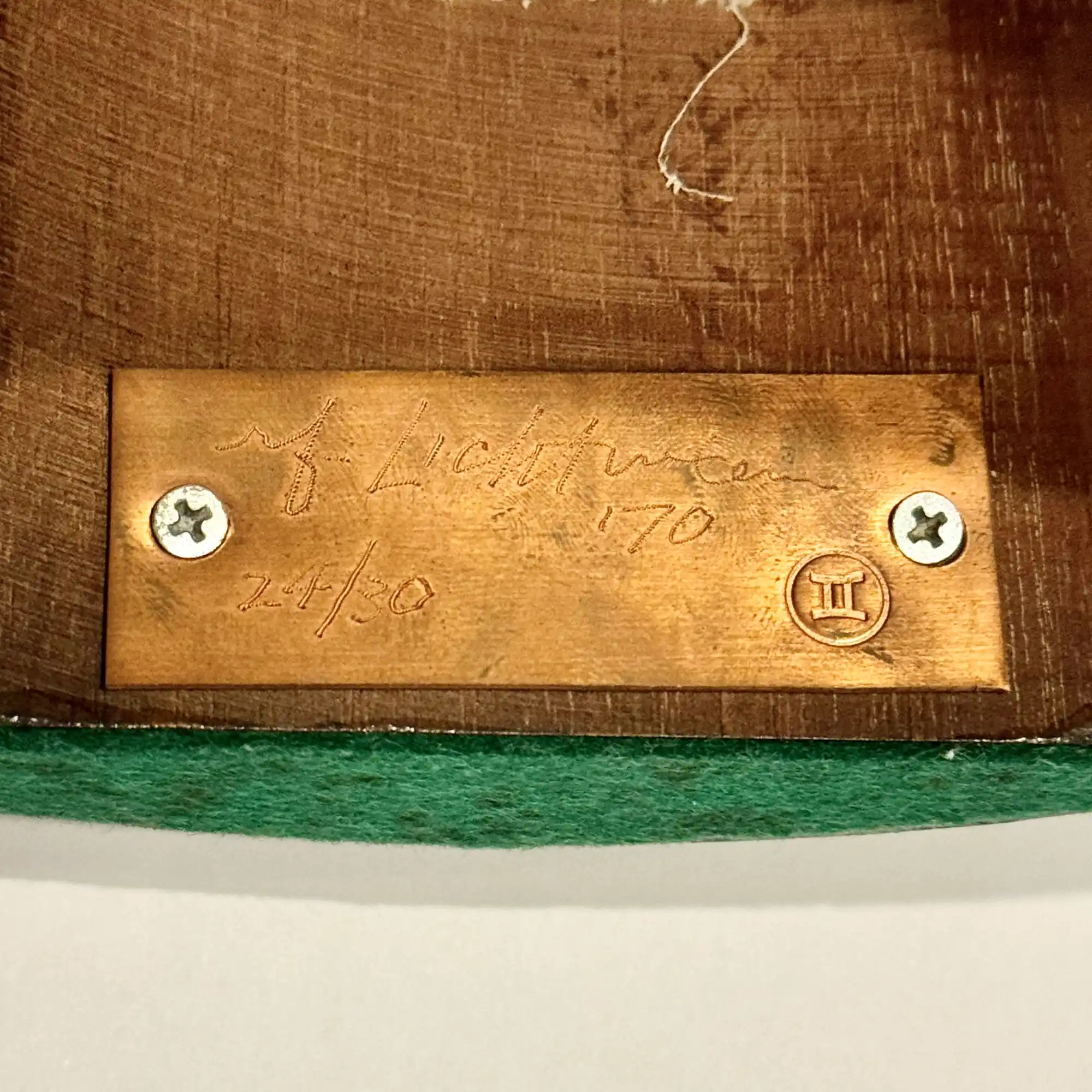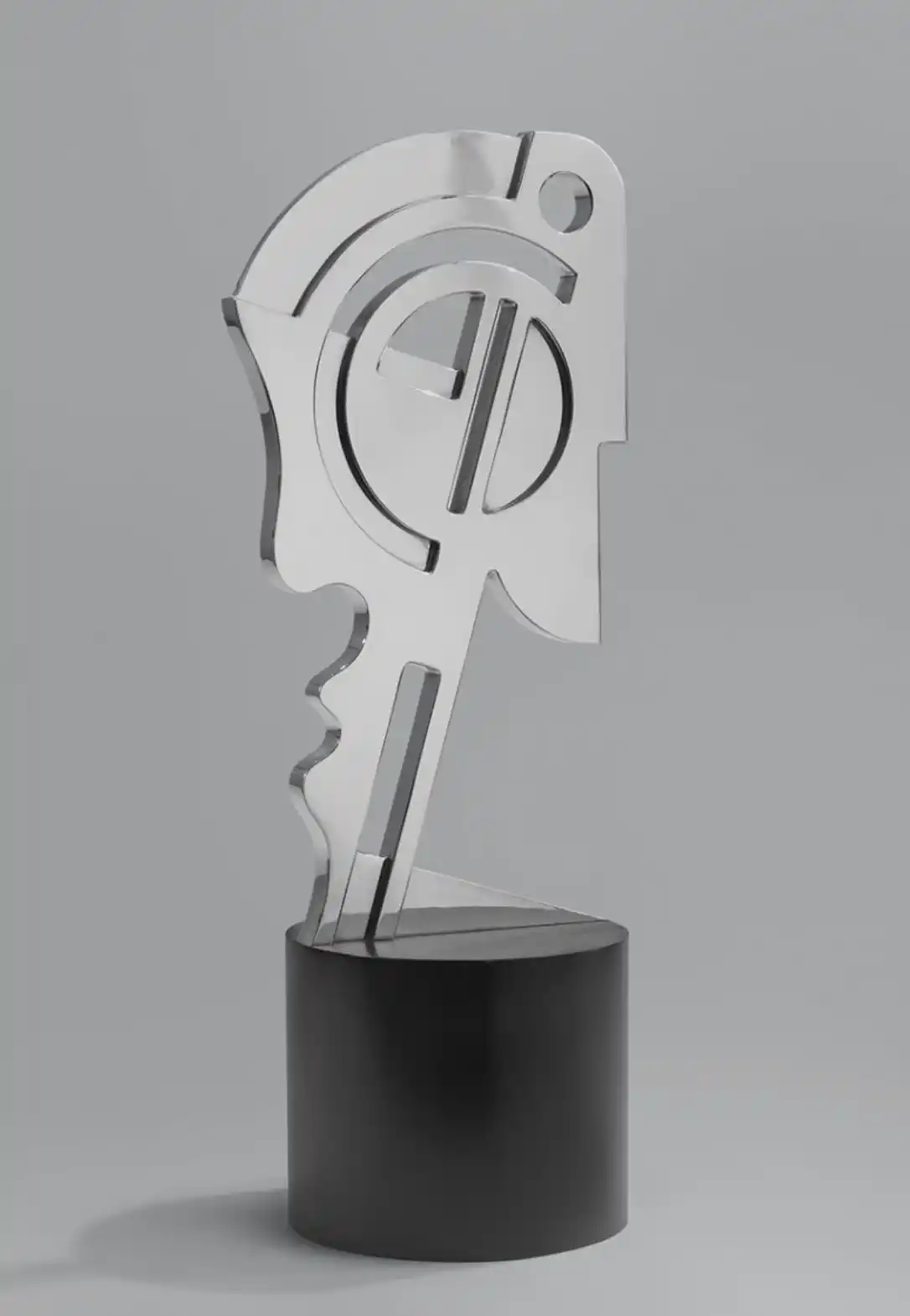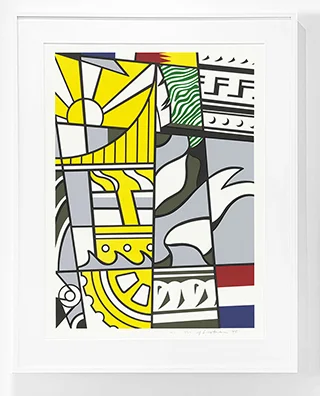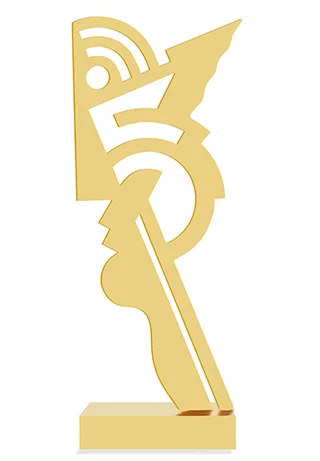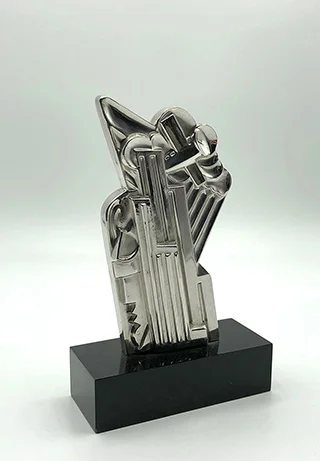Untitled Head II, 1970
California English Walnut
22 1/2 x 12 x 9 1/4 inches
edition of 30
signed and numbered by the Artist on a metal plate under the Wood Base.
Published by Gemini G.E.L., Los Angeles
Literature
G. Magnani, ed., International Index of Multiples: From Duchamp to the Present, Cologne 1993, p. 124 (illustrated).
M. Corlett, The Prints of Roy Lichtenstein: A Catalogue Raisonne 1948-1993, New York, 1994, pg 27.
Gemini G.E.L. and National Gallery of Art. Gemini G.E.L. Catalogue Raisonné (Los Angeles and Washington, D.C.), 2001, no. 31.32 (illustrated)
Bradley Little, Ed., Architectural Digest, vol. 27, no. 5, March - April 1971, p. 4, (illustrated).
Andrea Theil, Ed., Roy Lichtenstein: A Catalogue Raisonné, New York 2023 – ongoing, no. RLCR 1918, (online)
Exhibitions
Fine Arts Gallery of San Diego, Twentieth Century Art, July-September 1970, another from the edition exhibited.
New York, New York, Castelli Graphics, Roy Lichtenstein: New Editions, Lithographs, Sculptures, Reliefs, September-October 1970, another from the edition exhibited.
Philadelphia, Philadelphia Museum of Art, Multiples: The First Decade, March-April 1971, another example exhibited. San Antonio, McNay Art Institute, November-December 1974 another from the edition exhibited.
Mexico City, Museo Del Palacio De Bellas Artes; Monterrey, Museo de Arte Contemporaneo De Monterrey, A. C.; Roy Lichtenstein: Imgágenes Reconocibles: Escultura, Pintura y Grafica, July 1998-January 1999, another from the edition exhibited.
Washington, D.C., The Corcoran Gallery of Art; Valencia, Instituto Valenciano de Arte Moderno; La Coruña, Fundacion Pedro Barrié de la Maza; Lisbon, Centro Cultural de Belem, Roy Lichtenstein: Sculpture & Drawings, September 1999-August 2000, another from the edition exhibited.
Venice, Fondazione Prada, The Small Utopia: Ars Multiplicata, July - November 2012, another from the edition exhibited.
Los Angeles, Skirball Cultural Center, Pop for the People: Roy Lichtenstein in L.A., October 2016 - March 2017, another from the edition exhibited.
Museum Collections
Hirshhorn Museum, Washington D.C.
National Gallery of Art, Washington D.C.
Full documentation: Roy Lichtenstein Foundation
